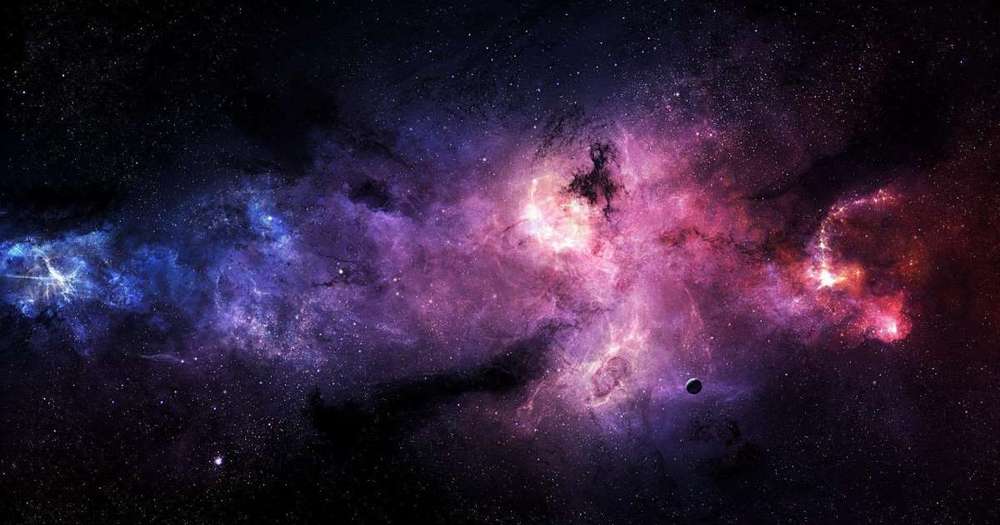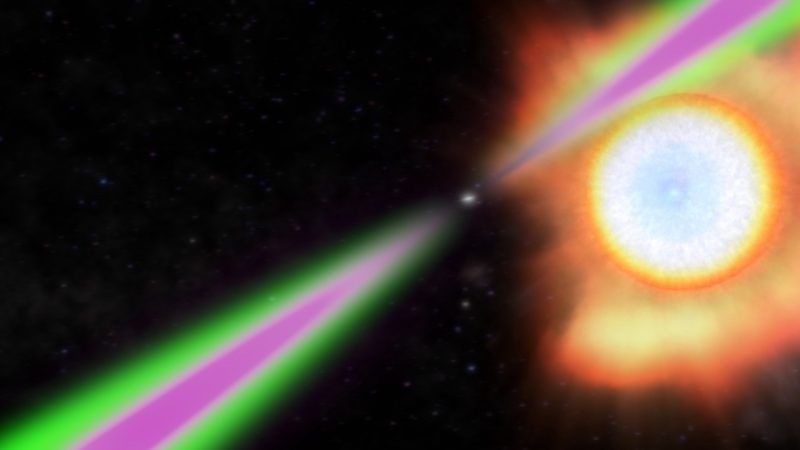Sep 22, 2019
Novel anti-cancer nanomedicine for efficient chemotherapy
Posted by Paul Battista in categories: biotech/medical, nanotechnology
Researchers at the University of Helsinki in collaboration with researchers from Åbo Akademi University (Finland) and Huazhong University of Science and Technology (China) have developed a new anti-cancer nanomedicine for targeted cancer chemotherapy. This new nano-tool provides a new approach to use cell-based nanomedicines for efficient cancer chemotherapy.


















